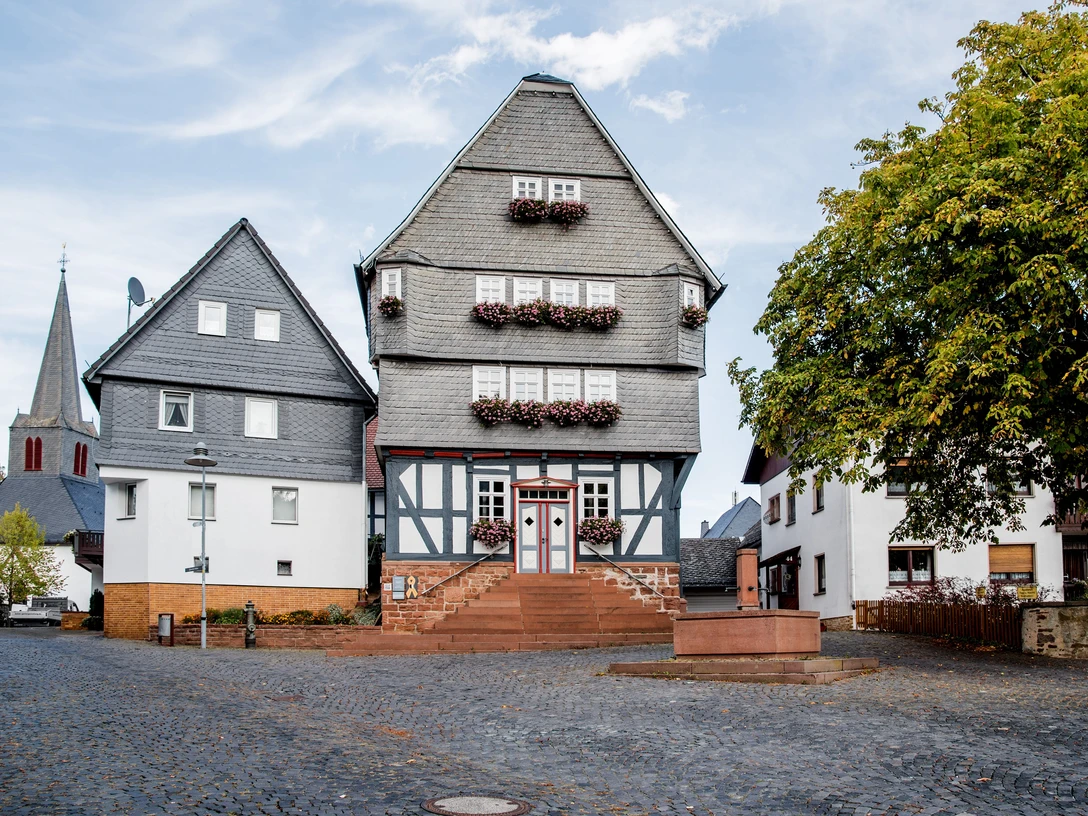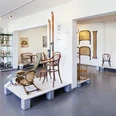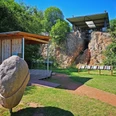In the 18th century, numerous noble houses were established in and around Battenberg in connection with the hunting parties of the Landgraves of Hessen-Darmstadt. The influence of the princely rulers on the town and its population is the subject of the hunting-historical exhibition, which also features the antlers of the famous Battenberg stag from 1767 (a copy). This magnificent animal was once captured by Landgrave Ludwig VIII and then released again near Darmstadt.
An ancestral gallery showcases portraits of the Landgraves and Landgravines of the Hessian-Darmstadt lineage. Of particular significance to Battenberg is Prince Alexander, as his wife, Julie von Haucke, was awarded the title "Princess of Battenberg" in 1851 to make their non-noble marriage socially acceptable. An audio-visual presentation informs visitors about the fascinating (love) story of the couple and the rise of the Battenberg noble family in European royal houses. Notably, the English branch of the Battenberg family, Mountbatten-Windsor, is represented by Prince Philip, Duke of Edinburgh.
A special attraction is the section dedicated to motorcycle races at the Battenberger Ring. These races took place from 1950 to 1956 and were attended by up to 40,000 guests.
A separate exhibition area is dedicated to mining in the region, with a focus on manganese ore, which was also significant for the Landgraves. This area is closely connected to the visitor mine "Burgbergstollen," which can be reached on foot from the marketplace in five minutes. The visitor mine provides insight into the working conditions of the miners underground in 150-year-old tunnels and shafts (visits only with guided tours).
As a visitor, you can use free audio guides that will lead you through the museum individually.
Guided tours are also available outside regular opening hours.
Good to know
Openings
Payment methods
Author
Astrid Krumpholz
Organization
License (master data)
Nearby




